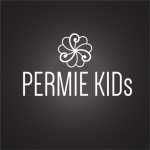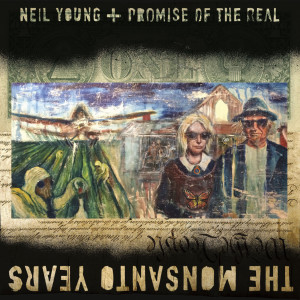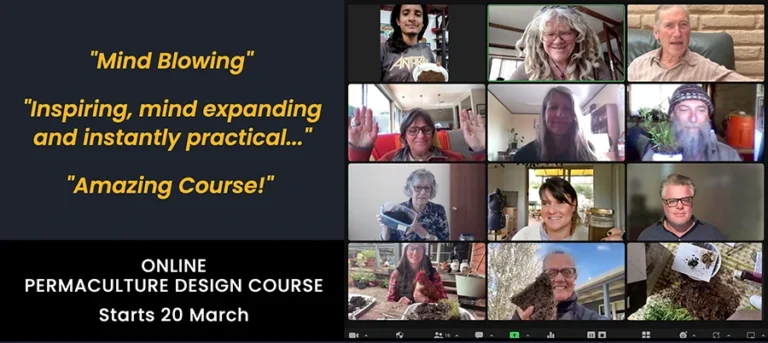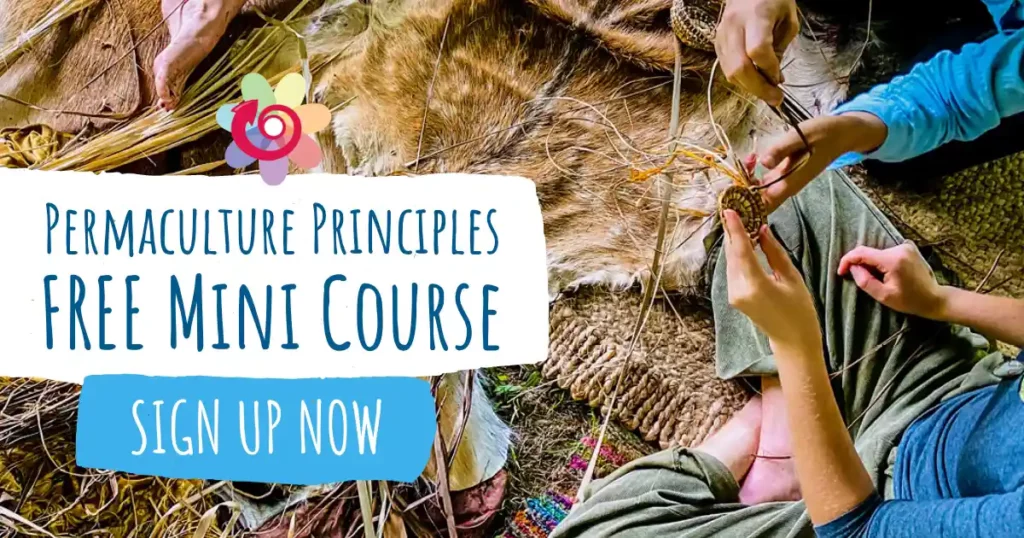Jen Mendez is a wife, mother, experiential education mentor, and founder of Permie Kids. Jen was invited to write a guest post about her passion for learning and the role that permaculture plays in her approach.
She has a M. Ed. in International Education and has worked with children in the U.S. and overseas from early childhood through the primary years, as well as parent-educators. She integrates an ethical, design science methodology with her love for education to help others learn to design a customized education with their children.
Questions help me focus on what I am, not what I am not
If someone were to ask you about your biggest complaint about education, what would you say? Would you start by running down a list of the latest news articles about problems with children and education? Would you stop there and just accept that problems exist and cannot be changed? Now what would you say if I challenged you to turn those problems into solutions? How do we start constructively thinking about making the problems into solutions? I believe this starts with asking questions. The power of this is not just in the answers that will come, but that solutions-based thinkers ask questions. As parents, educators, and learners ourselves who are focused on helping ourselves, our children, and others find and follow their passions, learning how to ask questions is critical and one of my biggest concerns with the way education, educating, and being educated is perceived. It is the asking of questions, not the arrival at a solution that is most crucial.
 It was a question that inspired me to follow my passions and forge a new educator-mentor and learning path for myself. Well over 15 years ago, while serving as an officer in the Air Force, I serendipitously found myself working as an educator for young adults who had gone through the traditional education system. These young adults didn’t have the skills to think for themselves, analyze, evaluate, and synthesize information, or even have an understanding of who they were. Upon completion of my military service, I asked myself, “What do I want to do next?” I reflected on the things I had done up until that point in my life that had brought me the most joy and discovered a pattern. I was often happiest when learning, coaching, mentoring, or otherwise involved with educating. This phase of my journey was still a long time before I decided I needed to turn my attention to the learners in their earliest years who still held a natural curiosity and love for exploring and learning rather than try to “re-wild” young adults. Still, as a result reflecting on that one question I decided to pursue experiential education training and earned a Master’s degree in Education focused on International Education and the International Baccalaureate Primary Years Program. That was almost seven years ago.
It was a question that inspired me to follow my passions and forge a new educator-mentor and learning path for myself. Well over 15 years ago, while serving as an officer in the Air Force, I serendipitously found myself working as an educator for young adults who had gone through the traditional education system. These young adults didn’t have the skills to think for themselves, analyze, evaluate, and synthesize information, or even have an understanding of who they were. Upon completion of my military service, I asked myself, “What do I want to do next?” I reflected on the things I had done up until that point in my life that had brought me the most joy and discovered a pattern. I was often happiest when learning, coaching, mentoring, or otherwise involved with educating. This phase of my journey was still a long time before I decided I needed to turn my attention to the learners in their earliest years who still held a natural curiosity and love for exploring and learning rather than try to “re-wild” young adults. Still, as a result reflecting on that one question I decided to pursue experiential education training and earned a Master’s degree in Education focused on International Education and the International Baccalaureate Primary Years Program. That was almost seven years ago.
 For several years, I was fortunate to work in some amazing alternative thinking learning environments, despite falling well within the category of the “standard education system.” However, I found myself falling further and further down the experiential education rabbit hole that made working within the educational system darn right fantastical. So I sat down one day with pen and paper in hand and wrote a new question, “What do I love and how can I live a life full of that love?” It was and still is a journey in the making, but I found that for me the answer was to be found in the problem itself. Not from redefining the problem, but by asking more questions.
For several years, I was fortunate to work in some amazing alternative thinking learning environments, despite falling well within the category of the “standard education system.” However, I found myself falling further and further down the experiential education rabbit hole that made working within the educational system darn right fantastical. So I sat down one day with pen and paper in hand and wrote a new question, “What do I love and how can I live a life full of that love?” It was and still is a journey in the making, but I found that for me the answer was to be found in the problem itself. Not from redefining the problem, but by asking more questions.
The problem was two-fold. First, the education system treats education as a right. I don’t believe education is a right that can or should be doled out by others and bestowed upon another. I do believe everyone has intrinsic worth and with that comes the natural born right to learn and pursue an education as determined and valued by that individual and the communities in which he/she lives. How (and whether) each person goes about learning, what is learned (and what is not), and what is done (or not done) with the knowledge, skills, and experiences should be in the hands of the learner.
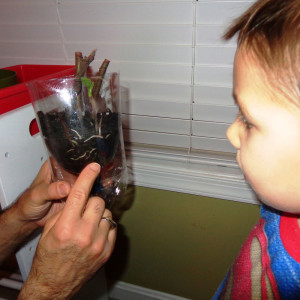 Everyone has the right to pursue a lifetime of learning. Second, most people treat the education system as something created to be separate and distinct. I believe learning, educating, and life are inextricably linked. I do not exist separate from other people and things and I have a responsibility to care for those as well as myself. Everyone is surrounded by a surplus of educators and learning opportunities each and every day if they choose to recognize these resources. Furthermore, no one “creates” something that already exists. Instead, I realized I could creatively use all the resources around me to design myself, my relationships, and my life. I could use, value, do, and be what I love and in the process care for myself, others, and the earth. This journey started with a question and it has been questions that continue to be my most valuable resources.
Everyone has the right to pursue a lifetime of learning. Second, most people treat the education system as something created to be separate and distinct. I believe learning, educating, and life are inextricably linked. I do not exist separate from other people and things and I have a responsibility to care for those as well as myself. Everyone is surrounded by a surplus of educators and learning opportunities each and every day if they choose to recognize these resources. Furthermore, no one “creates” something that already exists. Instead, I realized I could creatively use all the resources around me to design myself, my relationships, and my life. I could use, value, do, and be what I love and in the process care for myself, others, and the earth. This journey started with a question and it has been questions that continue to be my most valuable resources.
Recently, I was confronted with a question similar to the one that I started this article with, only this one was from Diego Footer, the host of the Permaculture Voices podcast. He asked his community, “What is your biggest complaint about permaculture?” Many folks in the alternative education community are familiar with permaculture in terms of edible, regenerative landscaping and organic food production practices. However, for me this ethical, design science methodology holds much more potential than how it is being used currently. In fact, I integrated the permaculture design science methodology with my love for education to design and personalize education opportunities for my children. I now help empower other parent-educators to do the same with their children.
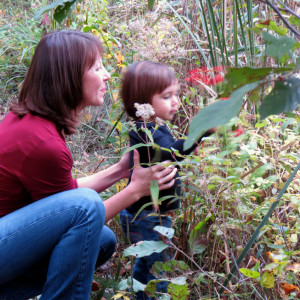 By integrating permaculture design principles and a learner’s passions playfully and naturally, anyone of any age can design a personalized, holistic education that is more than just “academically rigorous.” Using the design principles gives not only the learners, but those who love them, a flexible patterned structure to understand and help children acquire critical life skills. How this patterned structure is filled in and exactly what form it takes is in the hands of each learner. Now young learners and educator-mentors alike have the framework to self-empower where before the traditional education system disempowered the designer within by dictating what they must learn, when, where, who will teach them, and often even confining the possibilities of how to learn. For example, regardless of the activity, these design principles help learners explore how to learn, how to find what they love, and how to make that central to who they are, what they do, and what they can do for others and the earth. Most importantly it encourages the children to become inquisitive problem-solvers.
By integrating permaculture design principles and a learner’s passions playfully and naturally, anyone of any age can design a personalized, holistic education that is more than just “academically rigorous.” Using the design principles gives not only the learners, but those who love them, a flexible patterned structure to understand and help children acquire critical life skills. How this patterned structure is filled in and exactly what form it takes is in the hands of each learner. Now young learners and educator-mentors alike have the framework to self-empower where before the traditional education system disempowered the designer within by dictating what they must learn, when, where, who will teach them, and often even confining the possibilities of how to learn. For example, regardless of the activity, these design principles help learners explore how to learn, how to find what they love, and how to make that central to who they are, what they do, and what they can do for others and the earth. Most importantly it encourages the children to become inquisitive problem-solvers.
Problem-solvers don’t just identify problems. That is only one part of the process of being a solutions-based thinker. A more vital part of the process is the ability to ask questions about the problem. To identify potential solutions, variables involved, goals, take action, and most importantly – responsibly observe and respond to continue the learning process. It is this reflective process, not the final “solution,” that empowers. Ask more questions about the results, ideas and actions tried, and take more action as needed.
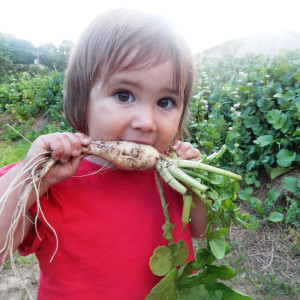 It was with this mindset that I pondered Diego’s question about the biggest “complaints” in permaculture and I soon found myself asking questions about education. You see, I don’t see these two things as separate. My biggest “complaint” about permaculture is that it seems many people in the permaculture community optimistically assume that what they design and start in the landscape is something that will be lasting. They may not to fully recognize that it isn’t just the landscape that needs to be designed. It is a mentality (individual and societal) that needs to be purposefully, consciously designed and practiced by each individual in their own way. To do this, people who advocate for permaculture (or alternative education, I think) need to truly value diversity. What works for one is not the choice of another and that is OK. Diversity is needed to make permaculture (or alternative education) a lasting, sustainable movement. It isn’t about finding the “right” way, but about empowering people to forge their own path with the ethical design methodology as a guiding framework. This starts by first asking, “What do I love and how do I live a life full of that love?” Why wouldn’t our children, at the youngest ages, ask and start to explore such a question, too?
It was with this mindset that I pondered Diego’s question about the biggest “complaints” in permaculture and I soon found myself asking questions about education. You see, I don’t see these two things as separate. My biggest “complaint” about permaculture is that it seems many people in the permaculture community optimistically assume that what they design and start in the landscape is something that will be lasting. They may not to fully recognize that it isn’t just the landscape that needs to be designed. It is a mentality (individual and societal) that needs to be purposefully, consciously designed and practiced by each individual in their own way. To do this, people who advocate for permaculture (or alternative education, I think) need to truly value diversity. What works for one is not the choice of another and that is OK. Diversity is needed to make permaculture (or alternative education) a lasting, sustainable movement. It isn’t about finding the “right” way, but about empowering people to forge their own path with the ethical design methodology as a guiding framework. This starts by first asking, “What do I love and how do I live a life full of that love?” Why wouldn’t our children, at the youngest ages, ask and start to explore such a question, too?
Together, as a community, we help our children map out, design, and navigate their personal, holistic learning landscapes.
Learn to design a customized education with your children.


